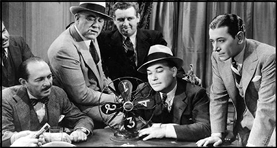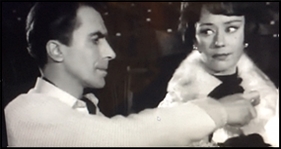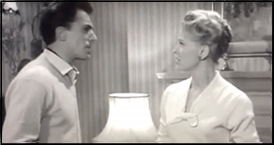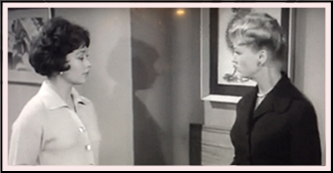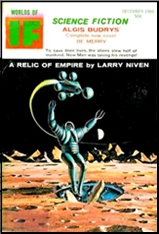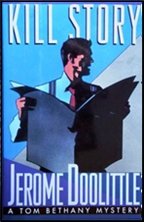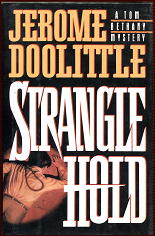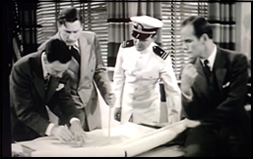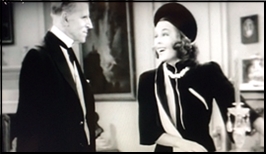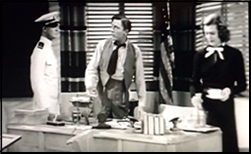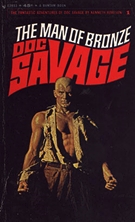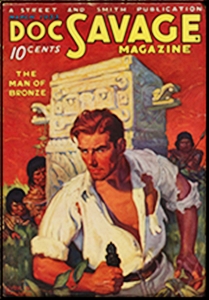REVIEWED BY DAN STUMPF:
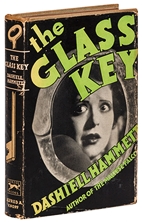
â— DASHIELL HAMMETT – The Glass Key. Alfred A. Knopf, hardcover, 1931. First published as a series of four connected novelettes in Black Mask magazine, March through June 1930.
◠THE GLASS KEY. Paramount, 1935. George Raft, Claire Dodd, Rosalind Keith, Edward Arnold, Guinn “Big Boy†Williams, Ray Milland and Tammany Young. Screenplay by Kathryn Scola, Kibec Glasmon, and Harry Ruskin. Directed by Frank Tuttle.
â— THE GLASS KEY. Paramount, 1942. Alan Ladd, Veronica Lake, Brian Donlevy, Bonita Granville, William Bendix, Joseph Calliea and Donald MacBride. Screenplay by Jonathan Latimer. Directed by Stuart Heisler.
◠MILLER’S CROSSING. Fox, 1990. Albert Finney, Gabriel Byrne, Marcia Gay Harden, John Turturro, Jon Polito, J.E. Freeman, Steve Buscemi, Sam Raimi and Frances McDormand. Written & directed by Joel & Ethan Coen.
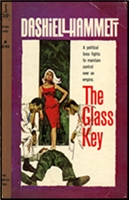
“Hammett gave murder back to the kind of people that commit it for reasons, not just to provide a corpse; and with the means at hand, not hand-wrought dueling pistols, curare and tropical fish.â€
In its short arc, Dashiell Hammett’s fiction went from mysteries to mystery novels, and he seems (to me anyway) to have been on the brink of an actual novel-novel when he went to Hollywood and Hellman and burned himself out. Whatever the case, THE GLASS KEY is balanced nicely between the Mysteries (RED HARVEST, THE DAIN CURSE, THE MALTESE FALCON) and the near-novel that was THE THIN MAN.
Set in some patently corrupt and nameless city, this is RED HARVEST writ for grown-ups, with gambler Ned Beaumont (Described as slim, mustached, well-dressed, hard-drinking — Hammett day-dreaming in the 3rd person) trying to protect the interests of his buddy, political boss Paul Madvig, and shield him from his own disastrous infatuation with a senator’s daughter, ambitious rivals, and from from taking the rap for a murder he may –or maybe not — have committed.
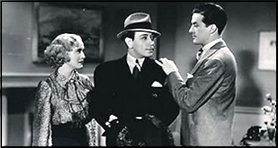
Hammett is just as passionate a writer as Woolrich, but he holds his feelings close to the vest, like a card-player with an iffy hand. The strength of Beaumont’s personal honor, and his love for a friend, comes out in action, like the understated effort he takes to collect a gambling debt, and most memorably in the prolonged beating he endures at the hands of sadistic henchman Jeff, to protect Madvig.
It’s a lengthy scene that becomes the emotional center of the book and lends a sense of uneasy tension to all the subsequent scenes where Jeff appears. Hammett sets up his characters nicely, then plays off our expectations like a real pro, and this finds him at the top of his game or pretty close to it.
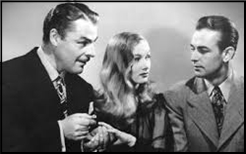
Paramount filmed it twice, first in 1935, then again in ’42. I really want to prefer the earlier version; it has a rough-and-ready pace, some expressive photography, and George Raft is just as inexpressive as Alan Ladd, with a veneer of slickness that suits the character well. There’s a particularly fine moment where he watches a brutal murder without a flicker of emotion. Director Frank Tuttle keeps the camera on Raft, his face lit by a wildly swinging overhead light that slows as a life slowly ebbs away. But the later version boasts a screenplay adaptation superior in most respects, and overall better casting.

Foremost is Joseph Calliea as Nick Varno (Shad O’Rory in the book and the ’35 film) the gangster angling to supplant Brian Donlevy’s political boss. Calliea projects an icy authority that completely outclasses tepid Robert Gleckler in the earlier film. When Calliea snarls “You talk too much with your mouth, Jeff,†to William Bendix, you feel it in your bones.
Bendix plays Jeff, the sadistic, sub-normal goon who delights in beating up Alan Ladd, and he conveys all the coiled-spring tension of the character in the book—much better so than Guinn Williams in the ’36 version, who seems just too downright neighborly for the job.
As for Ladd and Lake, they make the unlikely attraction between the gambler and the society dame believable by dint of type-casting, if nothing else.
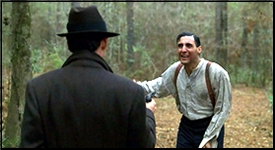
There’s a phrase in Hammett’s book, “little Miss Jesus,†that reappears in the movie MILLER’S CROSSING, but that’s not the only similarity in a film that features Gabriel Byrne as an unlucky gambler and hanger-on to political boss Albert Finney, who has unwisely antagonized gangster Sol Polito and Polito’s psychotic torpedo J.E. Freeman, all for the love of a woman who is playing him.
MILLER’S CROSSING emerges as a loving homage to THE GLASS KEY, with all the beatings, gang wars, double-dealings and understated feeling of the book, evoked by apt casting (John Turturro’s scheming chiseler is memorably drawn.) and a real feel for atmosphere and action.
And as if that weren’t enough, there’s a fleeting glimpse of a fight poster featuring “DROP JOHNSON vs LARS THORWALD.â€






